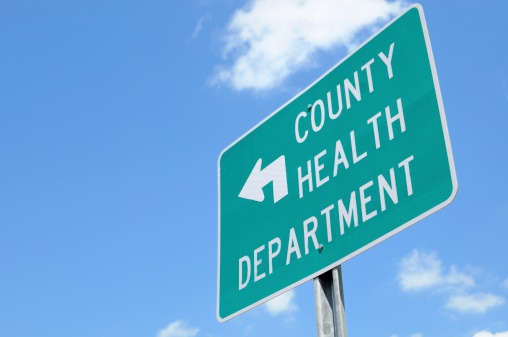
Introduction:
Public health outbreaks can occur at any time and can have severe consequences for communities if they are not handled properly. Health Department The role of the health department in these situations is critical in containing and controlling the outbreak, as well as communicating with the public and providing resources to those affected. In this article, we will explore the various responsibilities of the health department during a public health outbreak and how they work to protect the health and well-being of their communities.
Body:
Surveillance and Investigation:
The first step in controlling a public health outbreak is to identify and track the spread of the disease. The health department is responsible for monitoring and investigating cases of illness and working with other organizations, such as the Centers for Disease Control and Prevention (CDC), to identify the cause and source of the outbreak.
Containment and Control:
Once the cause and source of the outbreak have been identified, the health department works to contain and control the spread of the disease. This can include implementing quarantine measures, issuing health alerts and warnings, and working with healthcare providers to identify and isolate infected individuals.
Communication and Education:
One of the most important roles of the health department during a public health outbreak is to communicate with the public and provide accurate, up-to-date information about the outbreak. This can include issuing press releases, holding public meetings, and working with local media to disseminate information. The health department also works to educate the public about how to prevent the spread of the disease, including providing information on vaccination and other preventive measures.
Resource Coordination:
Public health outbreaks can put a strain on local healthcare resources, and the health departments plays a crucial role in coordinating and allocating resources to ensure that everyone affected by the outbreak receives the care they need. This can include working with hospitals and other healthcare providers to ensure adequate staffing, equipment, and supplies are available.
Risk Assessment and Management:
The health department is responsible for assessing and managing the potential risks to public health during an outbreak. This can include evaluating the potential impact of the outbreak on vulnerable populations, such as the elderly or those with underlying health conditions, and developing plans to protect these groups.
Collaboration and Coordination:
The health department works closely with other organizations and agencies, both at the local and national level, to control and respond to public health outbreaks. This can include working with the CDC, state and local government agencies, and other healthcare providers to share information and resources.
Post-Outbreak Evaluation:
Once the outbreak has been contained, the health department conducts an evaluation of the response to identify areas for improvement. This can include assessing the effectiveness of containment and control measures, evaluating the effectiveness of communication and education efforts, and identifying any gaps in resources or services.
Conclusion:
The role of the health departments in public health outbreaks is critical to the protection of communities. Health department surveillance, investigation, containment and control, communication and education, resource coordination, risk assessment and management, collaboration and coordination, and post-outbreak evaluation all play an important role in controlling an outbreak and protecting the public health. Health departments continue to monitor and respond to any outbreak as well as continuously improve their response strategies to be better prepared for the next outbreak. It is important for individuals to stay informed and follow the guidance provided by their local health department to help protect themselves and their community during a public health outbreak.




